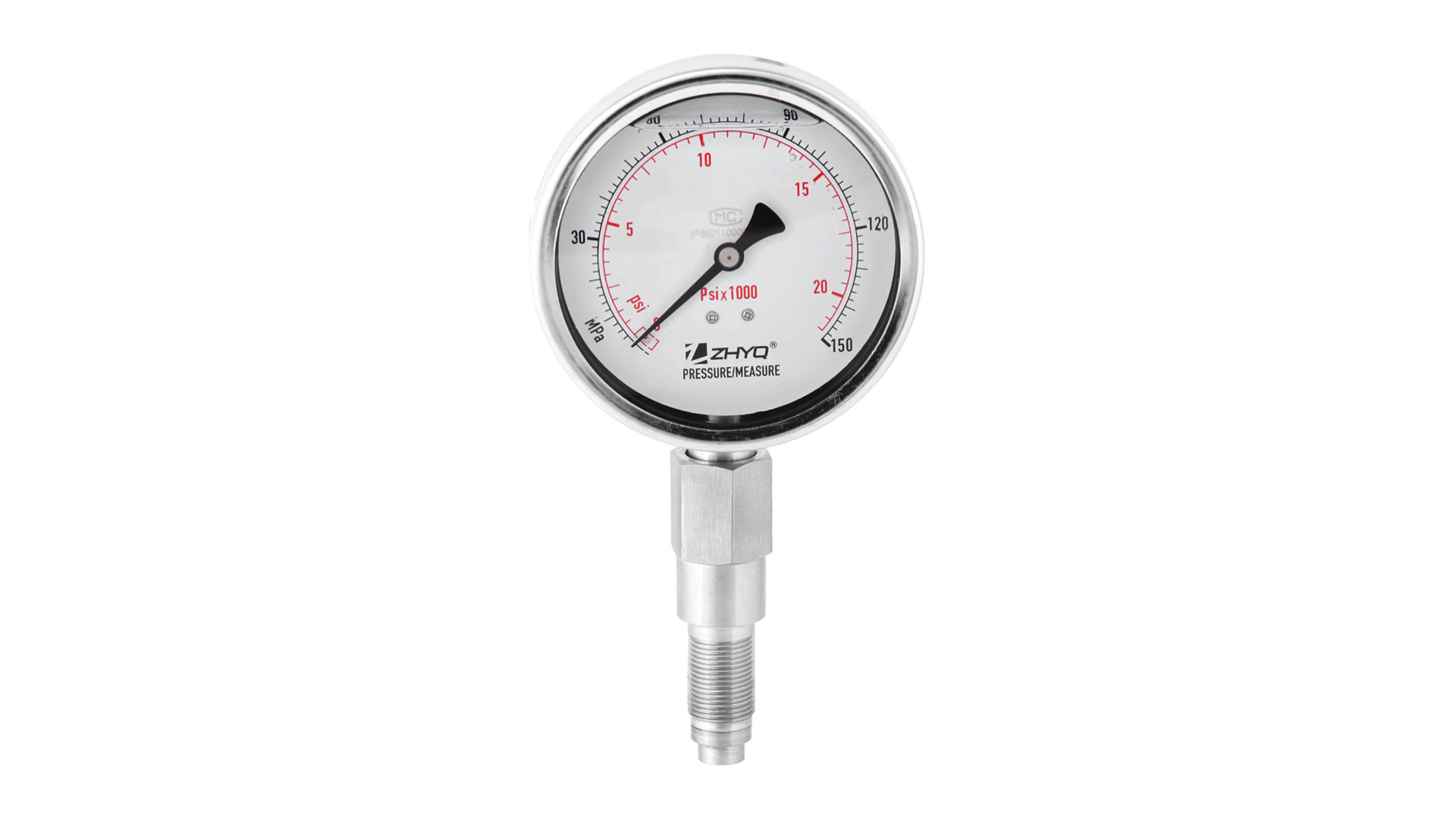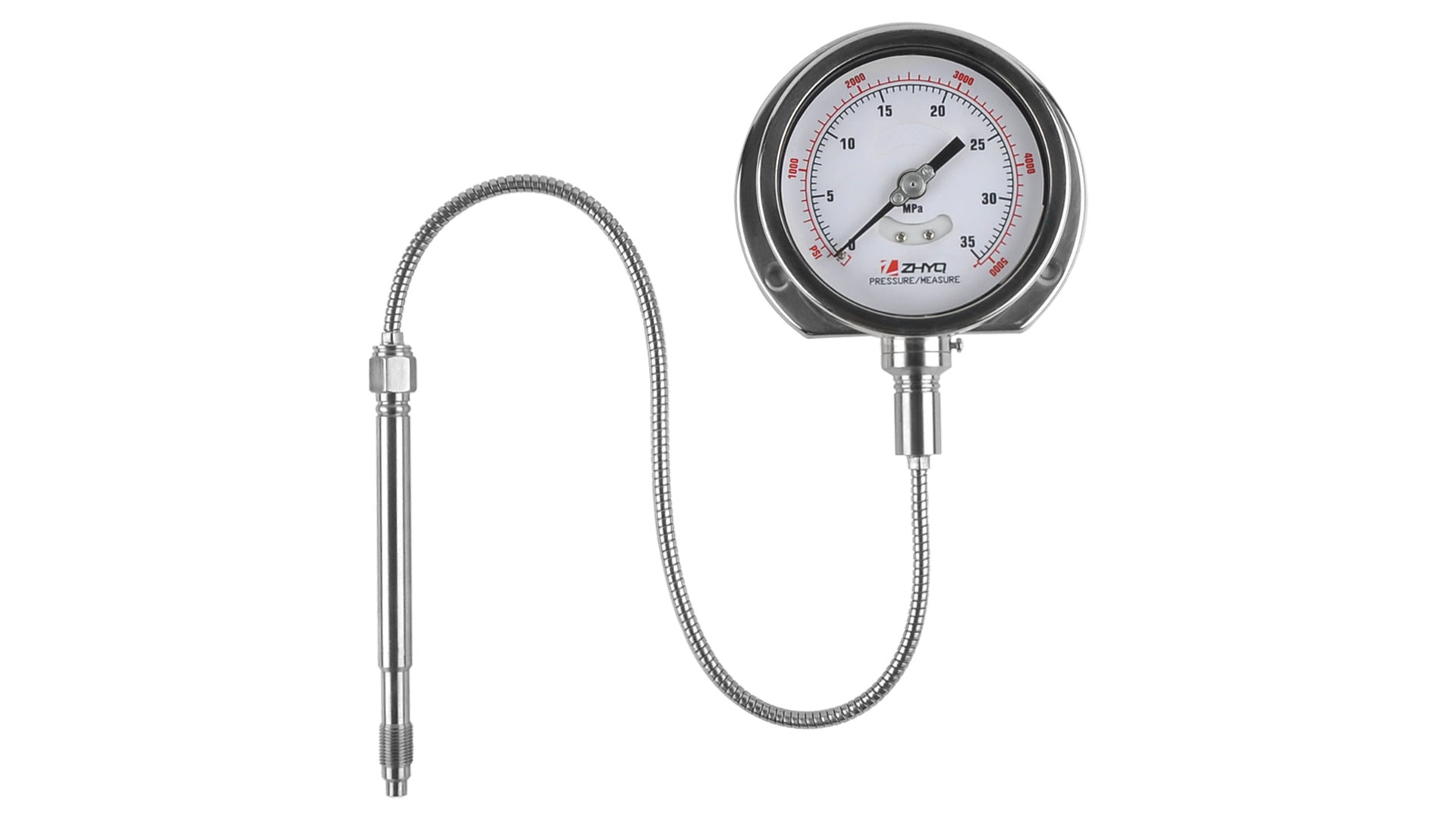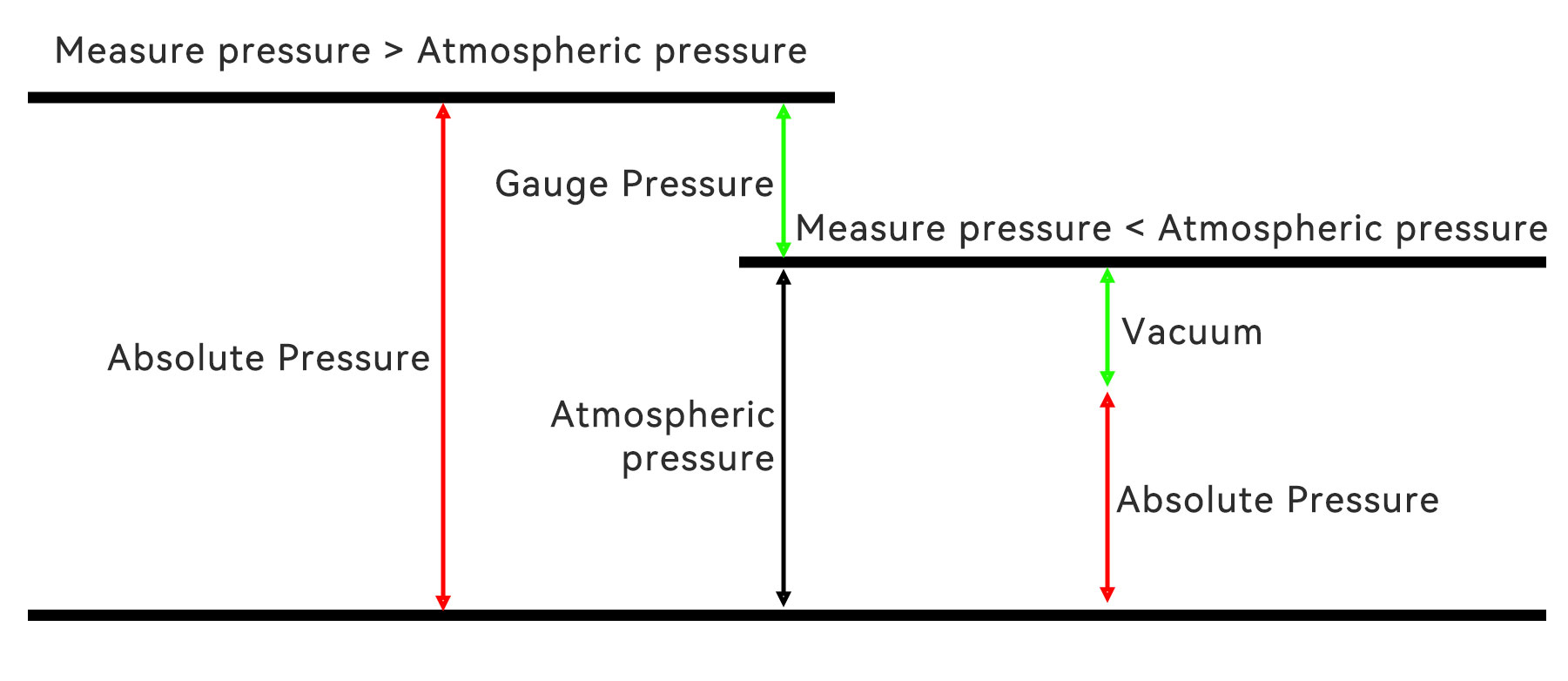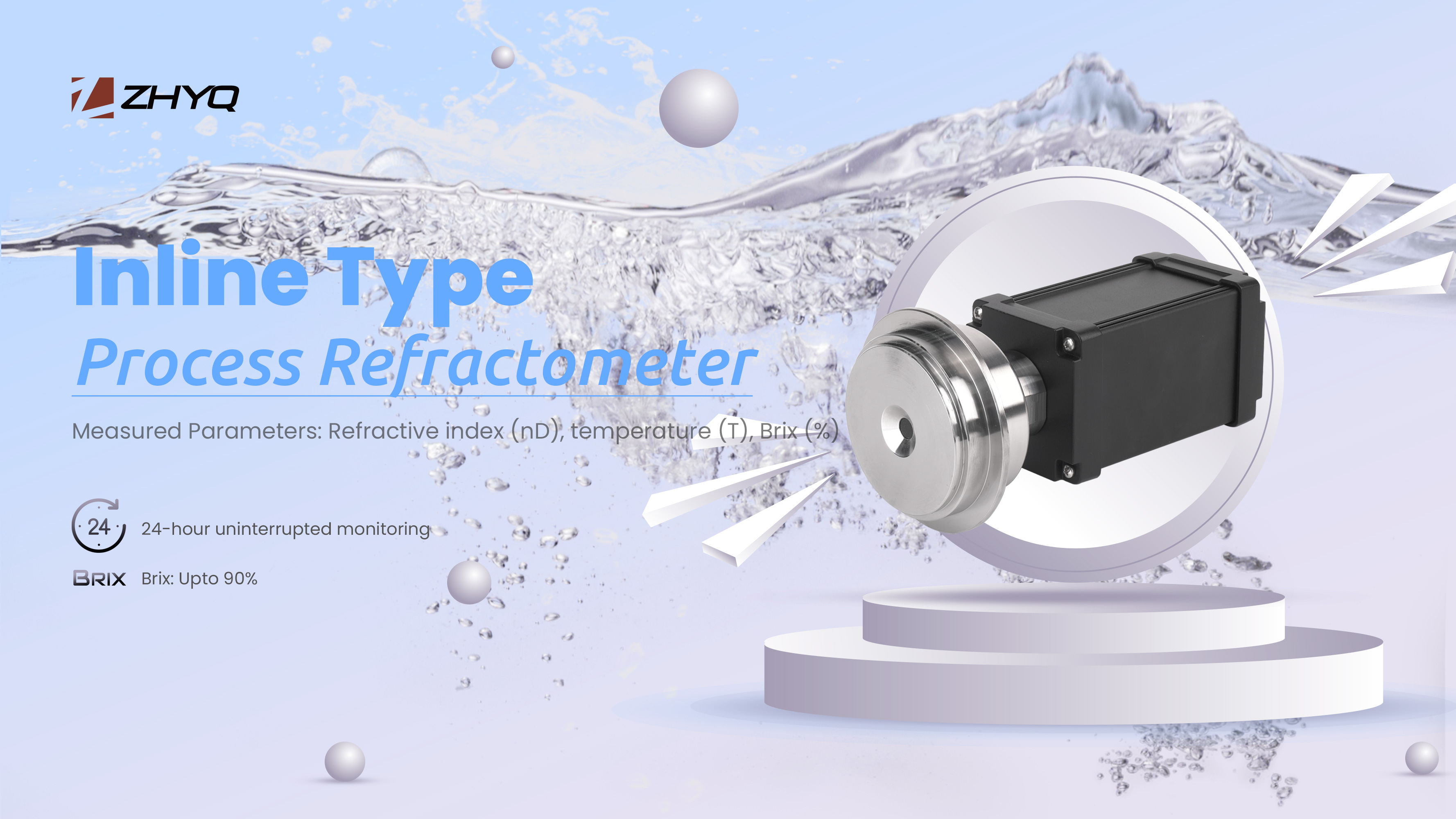
- Pressure Sensor, Pressure Transducer, Pressure Transmitter

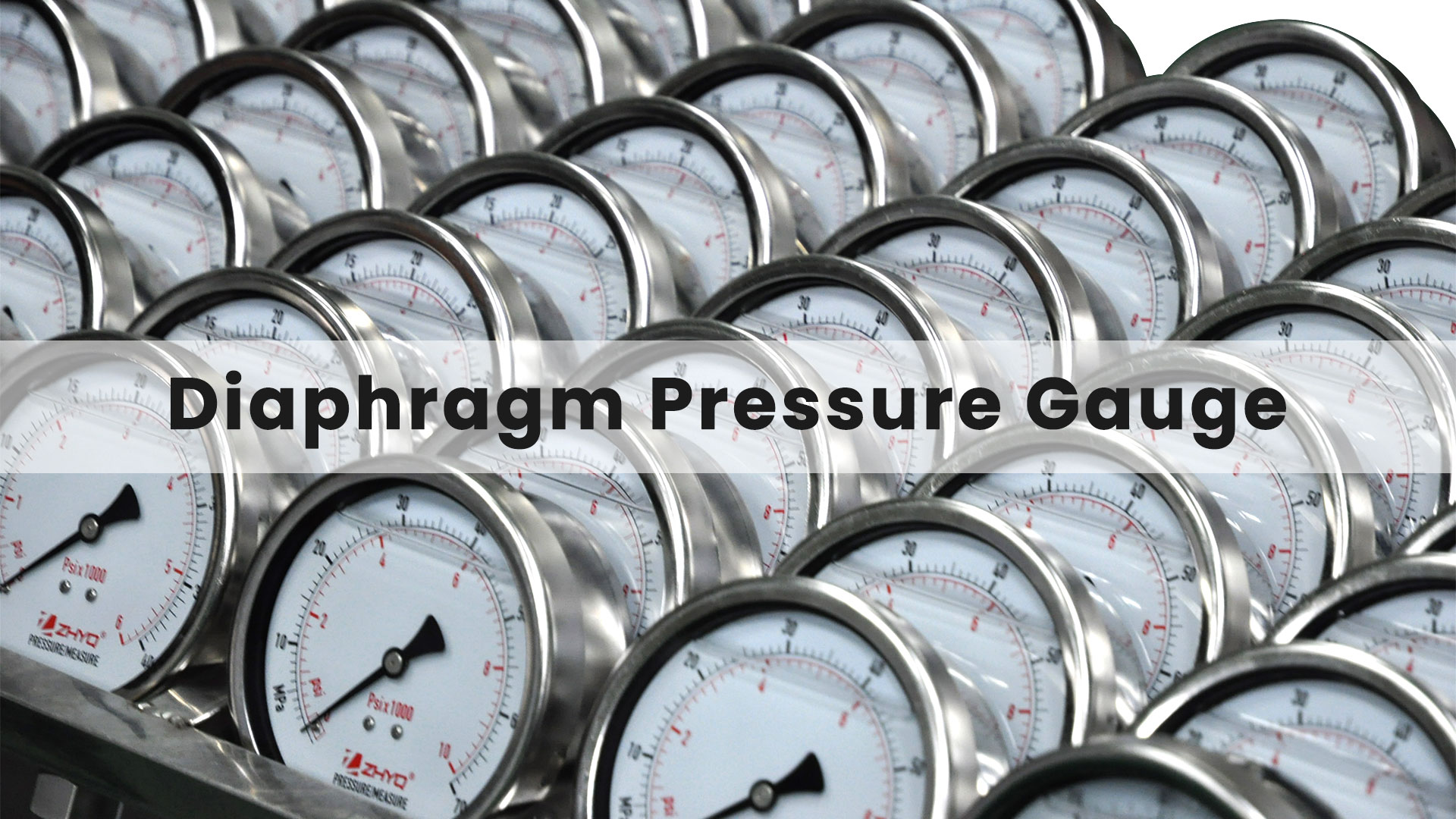
- 2024-01-27
- Zhyq
- 120
What does gauge pressure/absolute pressure represent in a pressure transmitter?
Gauge Pressure
Gauge pressure refers to pipeline pressure, which refers to the pressure measured with pressure gauges, vacuum gauges, U-shaped tubes and other instruments. It is also called relative pressure. “Gage pressure” starts from atmospheric pressure and has the symbol Pg.
Absolute Pressure
The pressure that acts directly on the surface of a container or object is called “absolute pressure”. The absolute pressure value takes absolute vacuum as the starting point, and the symbol is PABS (ABS is the subscript)
Relation:
Absolute pressure actually refers to the gauge pressure plus the local atmospheric pressure (generally plus one standard atmospheric pressure is 101.3Kpa)
Absolute pressure = gauge pressure + one atmosphere
If it is MPa unit, absolute pressure = gauge pressure + 0.1MPa
Gauge pressure = absolute pressure – atmospheric pressure
Vacuum = atmospheric pressure – absolute pressure
The pressure measured based on absolute vacuum is absolute pressure, and the pressure measured based on atmospheric pressure is gauge pressure or vacuum degree.
G indicates gauge pressure, and A indicates absolute pressure.
Leave Your Inquiry
Your email address will not be published. Required fields are marked *
Related news
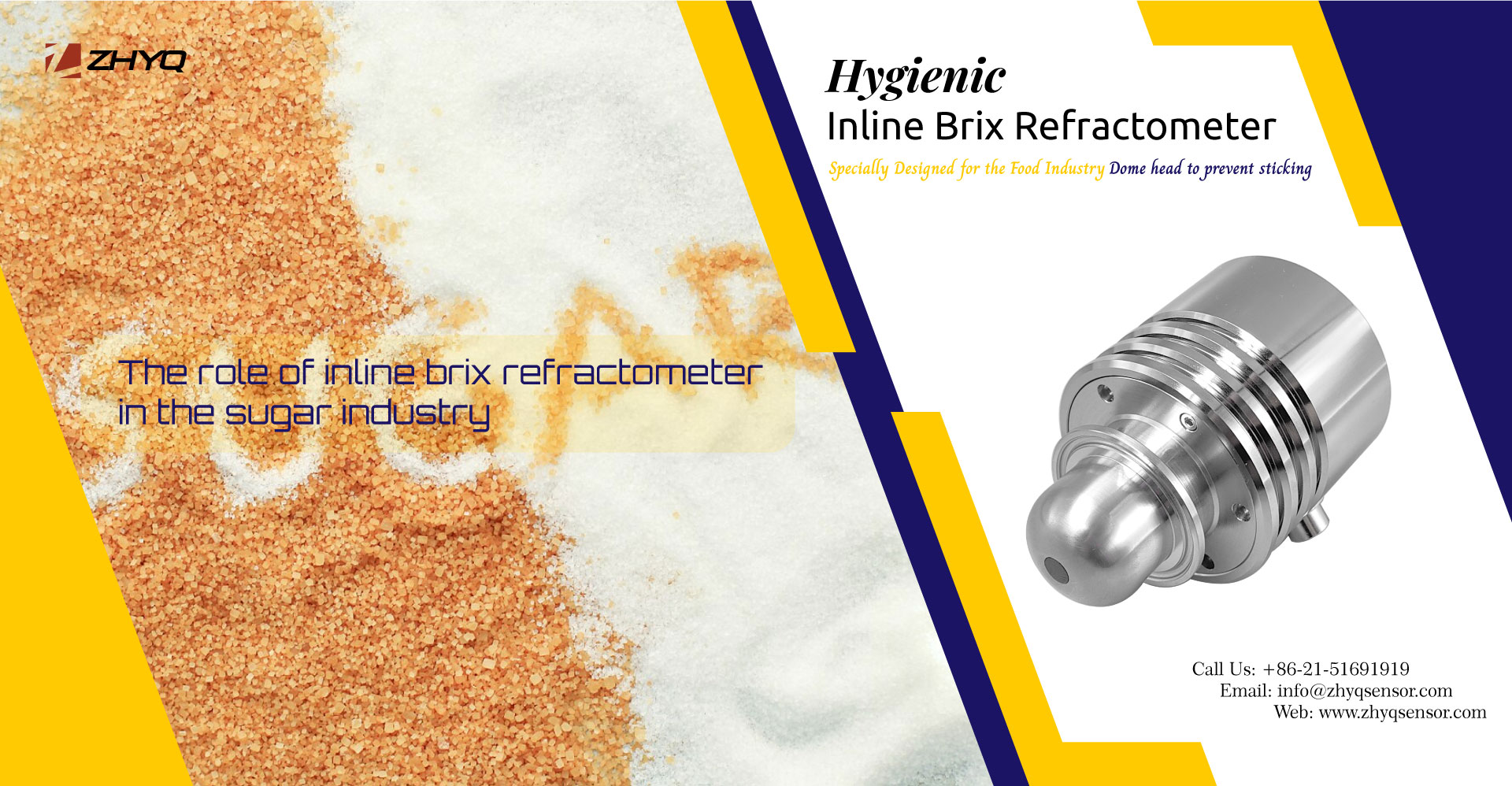
The Role of Inline Concentration Meters (Refractometers) in the Sugar Industry
2024-09-03